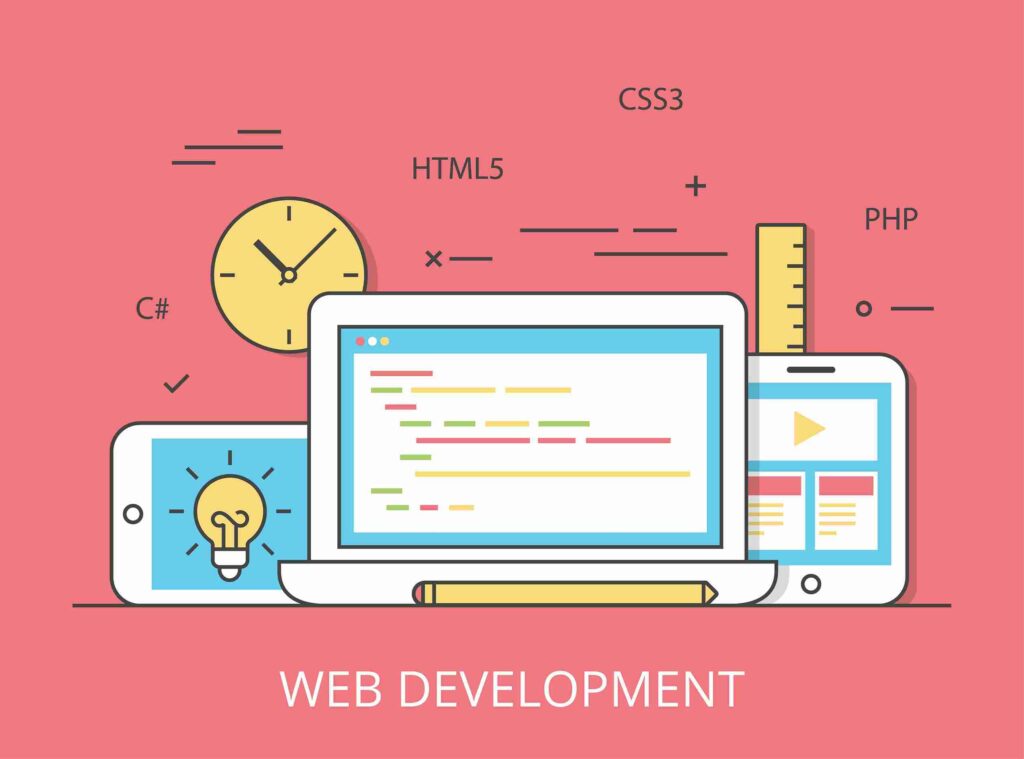Click Info Track: Your Daily Dose of Insights
Stay updated with the latest trends and information across various topics.
HTML5 Development: Where Code Meets Creativity
Unlock the magic of HTML5! Discover the perfect blend of code and creativity to elevate your web development skills today.
Understanding the Basics of HTML5: A Comprehensive Guide
HTML5 is the latest evolution of the standard that defines HTML (Hypertext Markup Language), the basic building block of the web. It introduces new features and improvements that make website creation easier and more versatile. Notably, HTML5 supports multimedia elements like audio and video directly in the markup, eliminating the need for third-party plugins. Additionally, HTML5 offers better semantic elements, which help improve the accessibility and SEO of websites. Some of the new elements include <article>, <section>, and <nav>, which provide structure and meaning to content.
When learning the basics of HTML5, it's essential to understand the importance of its API capabilities. HTML5 includes numerous APIs that extend its functionality, allowing developers to create more interactive and engaging web applications. For instance, the Canvas API enables dynamic bitmap rendering and real-time graphics, while the Geolocation API allows the web application to access the user's geographical location. As you delve deeper into HTML5, keep in mind the significance of adhering to best practices such as writing clean code and ensuring cross-browser compatibility, which enhances the user experience and site performance.

10 Exciting HTML5 Features That Will Transform Your Web Projects
HTML5 has revolutionized web development, providing a plethora of new features that enhance functionality and user experience. One of the most exciting attributes of HTML5 is the canvas element, which allows developers to draw graphics on the fly using JavaScript. This means you can create dynamic visuals such as animations or interactive games directly in the browser without the need for third-party plugins. Another remarkable feature is the audio and video tags, enabling easy embedding of multimedia content. This eliminates the dependency on external players, streamlining the way users consume media on web pages.
Moreover, HTML5 introduces the geolocation API, which allows web applications to access the geographical location of a user's device. This opens up exciting possibilities for location-based services, enhancing user engagement and personalization. Additionally, the local storage functionality means that developers can store user data directly in the browser, providing a seamless experience even without internet connectivity. This is just the tip of the iceberg; with features like web sockets for real-time communication and the drag-and-drop API for intuitive user interactions, HTML5 is set to transform the way we build and interact with web projects.
How to Create Interactive Web Experiences Using HTML5 Elements
HTML5 has revolutionized the way we create interactive web experiences by introducing a range of new elements that enhance user engagement. To start, consider utilizing elements such as <canvas> and <video>. The <canvas> element allows developers to draw graphics on-the-fly, enabling features like games or dynamic visualizations. Meanwhile, the <video> element provides a straightforward way to embed media directly into webpages without relying on third-party plugins, ensuring compatibility across devices. By leveraging these elements, you can create a more immersive browsing experience that encourages users to interact with your content.
Another key aspect to consider when creating interactive web experiences is the use of HTML5 APIs. These APIs, such as the Geolocation API and Web Storage API, offer advanced functionalities that can be seamlessly integrated into your applications. For instance, the Geolocation API allows you to access a user's location and customize content based on where they are in real-time. Additionally, the Web Storage API enables you to store data locally on users' devices, enhancing personalization and making interactions faster and more efficient. By combining these APIs with HTML5 elements, you can transform static webpages into dynamic experiences that resonate better with your audience.